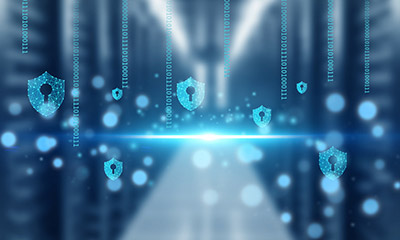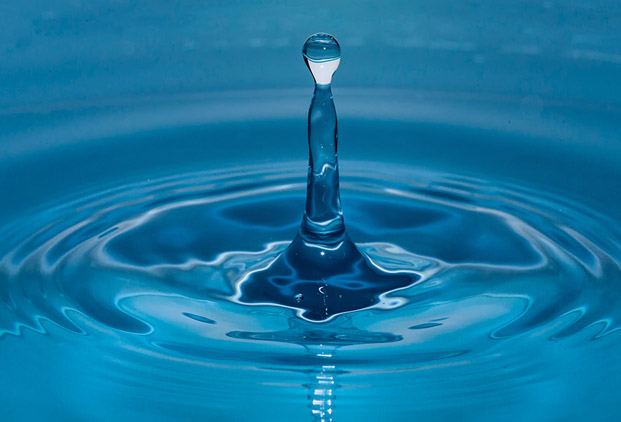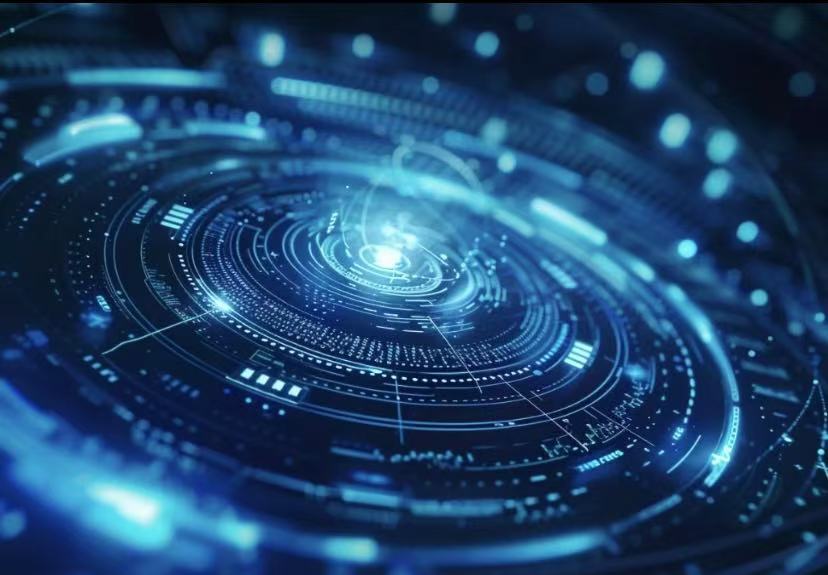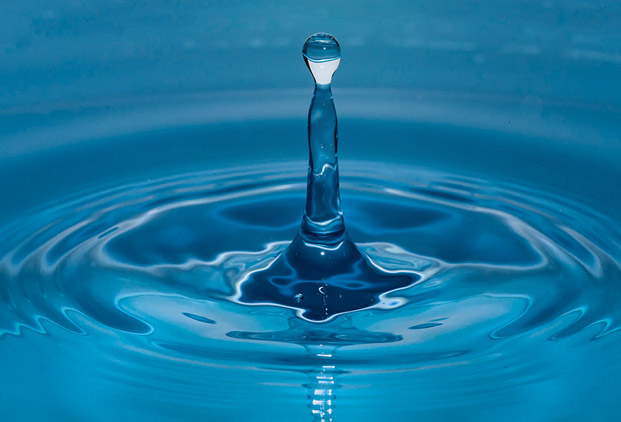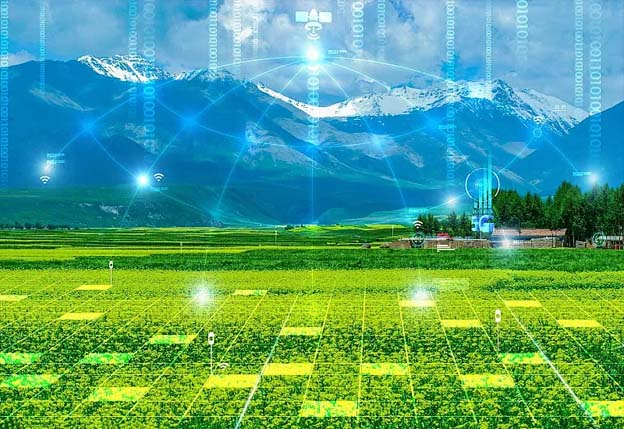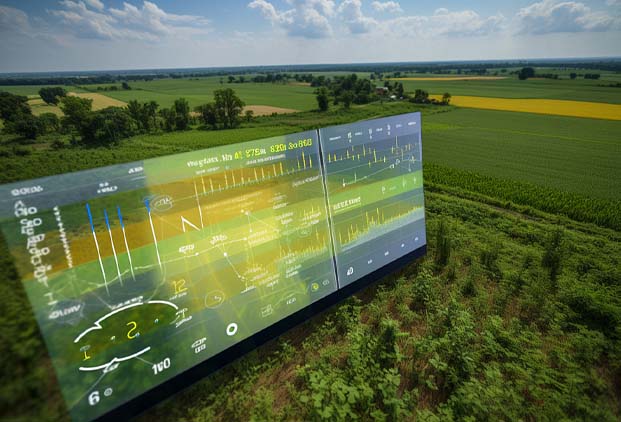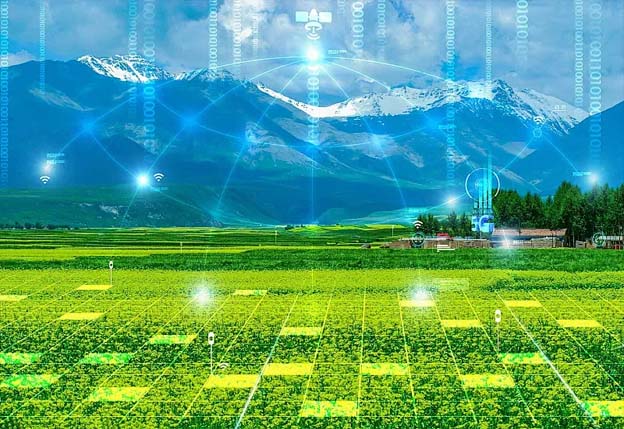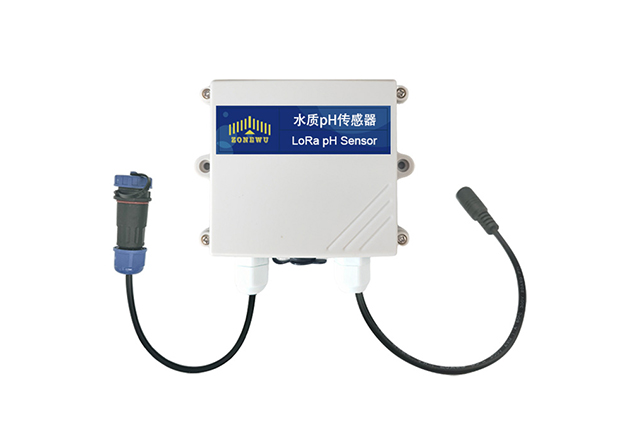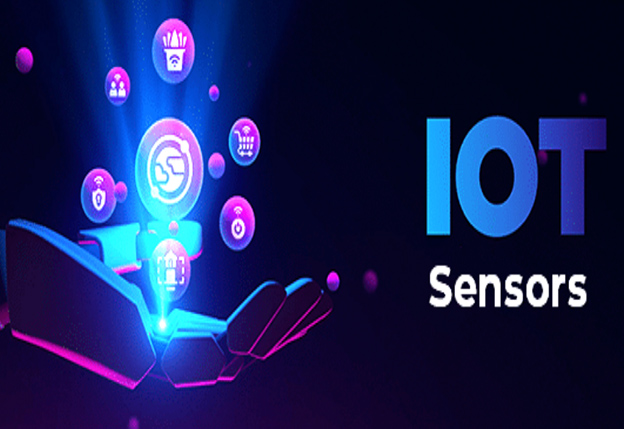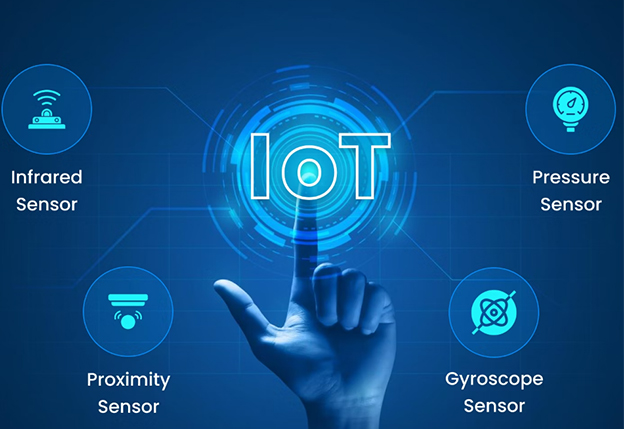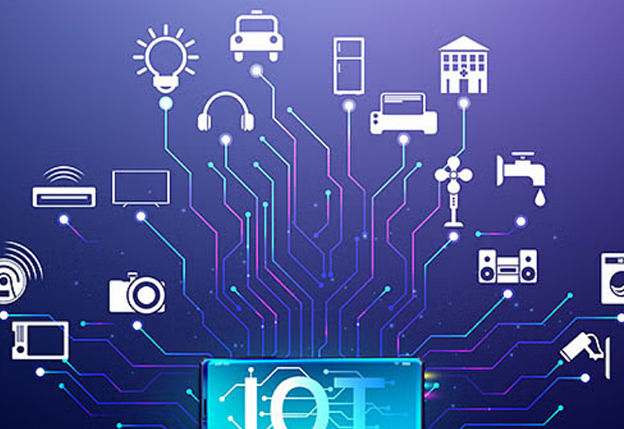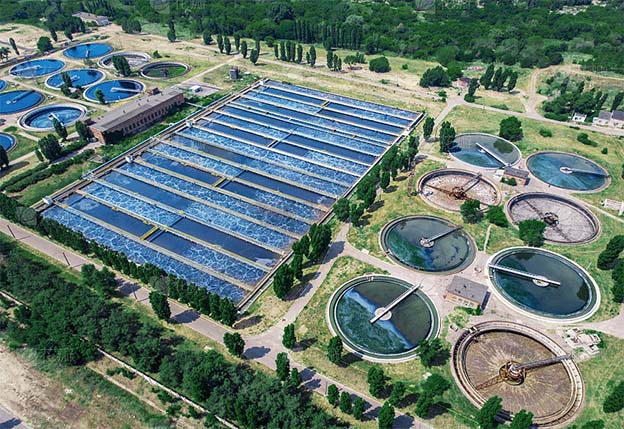Apr 24, 2025
In the Earth's ecosystem, water occupies an irreplaceable and important position and is the basis for the survival of all things. As one of the key indicators to measure the health status of water quality, dissolved oxygen (DO),like the "life gas" of aquatic organisms. Water quality DO sensor, as a professional equipment for accurately measuring the concentration of dissolved oxygen in solution, is becoming a key scientific and technological force to protect water ecology with its powerful performance and extensive applications.
How it works: innovative technology enables accurate measurement
The principle of measurement of DO in water quality is mainly based on fluorescent method, which is an innovative technique. Different from the traditional method of measurement ,the fluorescent method is based on the characteristic that the fluorescent intensity is inversely proportional to the density of dissolved oxygen .When a beam of excited light hits a fluorescent substance on a fluorescence film, the fluorescent substances are excited and emit fluorescence. The dissolved oxygen in the surrounding environment will quench the fluorescence. The higher the dissolved oxygen concentration, the weaker the fluorescence intensity. By accurately measuring the change of fluorescence intensity, the concentration of dissolved oxygen can be accurately calculated.
This principle of measurement has many significant advantages. First, it does not consume oxygen, does not change the dissolved oxygen state in the water body, and avoids interference with the ecology of the water bod caused by the measurement process; Secondly, the need for electrolyte ,such as electrolyte, such as electrolyte consumption, pollution and resulting measurement errors, greatly simplifies the maintenance process, and improves the stability and reliability of the sensor.
Excellent performance: multi-dimensional guarantee of precise measurement
Wide measurement range:
The dissolved oxygen measurement range of the water quality DO sensor can reach 0-20mg/L(0-20% saturation), such a wide measurement range makes it face the freshwater environment, Complex water quality conditions such as clear rivers and lakes, high-salinity marine environments, industrial wastewater and aquaculture bodies can accurately capture changes in dissolved oxygen concentrations, providing reliable data support for water quality monitoring in various water areas.
Automatic temperature compensation:
The concentration of dissolved oxygen is significantly affected by temperature, and the solubility of dissolved oxygen in water will be different at different temperatures. The water quality DO sensor is equipped with automatic temperature compensation function and a built-in high-precision temperature transmitter, which can monitor the temperature change of the water body in real time. Once the temperature changes, the sensor will quickly automatically adjust the result of a measurement, Eliminating the interference of temperature factors on measurement data is like adding a "protective cover" to the measurement data, ensuring that accurate and reliable dissolved oxygen concentration data can be output under various temperature conditions, greatly improving the applicability and measurement accuracy of the sensor in different environments.
Convenient calibration function:
Calibration is an important link to ensure the accuracy of measurement equipment. Traditional calibration methods are often complex and time-consuming, but water quality DO sensors simplify the calibration process. The user simply follows simple and clear steps to complete the calibration work quickly. This not only improves work efficiency, but also reduces the requirements for operator expertise, makes the use of sensors more convenient, and ensures the accuracy and stability of measurement data during long-term use.
Widespread use: multi-industry plays a key role
Water treatment field:
In the municipal sewage treatment plant, the DO sensor is the key equipment for optimizing the treatment process. In biological treatment processes such as activated sludge, microorganisms need to consume oxygen to decompose organic matter, and the concentration of dissolved oxygen directly affects the activity of microorganisms and the effect of sewage treatment. Through the water quality DO sensor, the concentration of dissolved oxygen in the aqueduct is monitored in real time, and the staff can adjust the apour amount in time to provide an appropriate living environment for microorganisms, ensure that the wastewater treatment process is carried out efficiently, so that the quality of the treated water meets the discharge standard, and reduces the pollution of the environment. In the course of treating drinking water, the sensor can monitor the concentration of DO in the water head site, treating workshop and water supply pipe, ensure the fresh water, prevent microorganism from breeding due to lack of oxygen, and ensure the safety of drinking water.
Aquaculture industry:
For the aquaculture industry, the content of dissolved oxygen in water bodies is directly related to the survival and growth of aquatic organisms. When the concentration of dissolved oxygen is too low, aquatic organisms such as fish will exhibit hypoxia floating phenomena, which can even lead to death in severe cases, causing huge economic losses for farmers. The water quality DO sensor can help farmers to grasp the dissolved oxygen status in the aquaculture water in real time, rationally control the operation time and strength of the oxygen enrichment equipment according to the monitoring data, create a good living environment for aquatic organisms, and improve the efficiency of aquaculture and the quality of aquatic products. Through the long-term analysis of dissolved oxygen data, we can also optimize farming density and farming patterns to promote the sustainable development of the aquaculture industry.
Environmental monitoring:
In the environmental monitoring of rivers, lakes, oceans and other natural water bodies, water quality DO sensors play an indispensable role. It is an important tool to evaluate the self-purification capacity of water and ecological health. Through continuous monitoring of dissolved oxygen concentration, we can find out whether there is hypoxia and eutrophication in water, and provide scientific basis for the protection and management of aquatic ecological environment. Relevant departments can formulate targeted environmental protection measures based on the data provided by sensors, such as limiting pollutant discharge and carrying out ecological restoration projects, to maintain the balance and stability of the water ecosystem.
With the continuous progress and innovation of science and technology, the water quality DO sensor will continuously improve in terms of measurement accuracy, stability, and intelligence. In the future, it is expected to deeply integrate with advanced technologies such as the Internet of Things, big data, and artificial intelligence to achieve more efficient data transmission, analysis, and processing. In more emerging fields, such as deep-sea exploration and wetland ecological monitoring, DO sensors will also play an important role, contributing greater power to the protection and sustainable development of the global water ecological environment.
Read More
